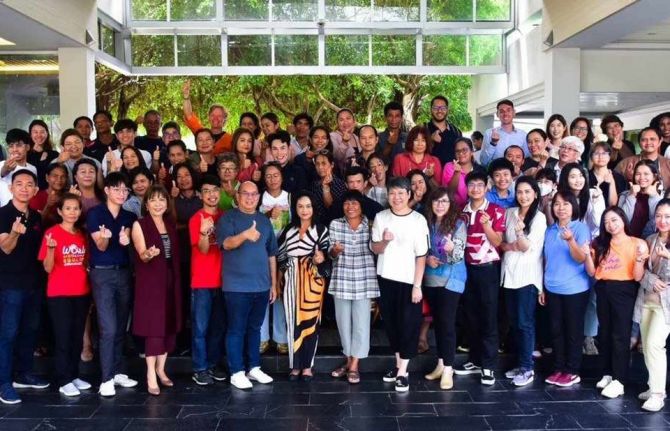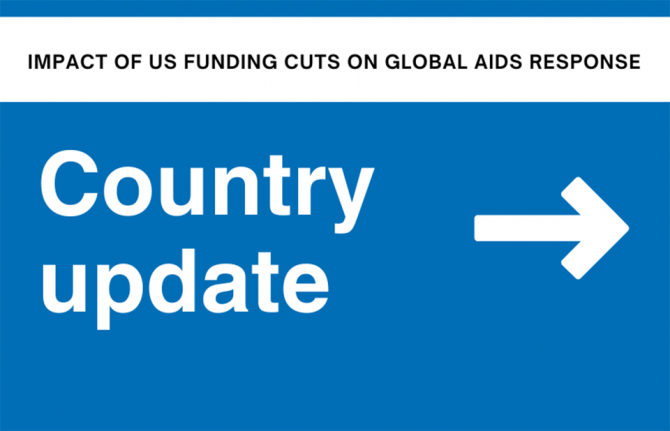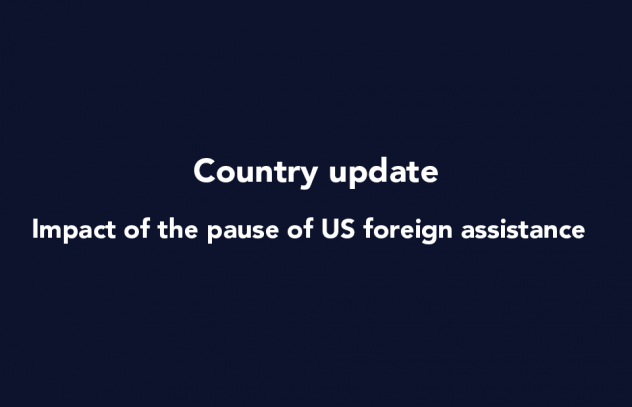
Feature Story
Accelerating treatment 2.0 in Asia and the Pacific
28 August 2011
28 August 2011 28 August 2011
While the number of people living with HIV receiving antiretroviral therapy (ART) in Asia and Pacific almost tripled from 280 000 in 2006 to 739 000 in 2009, coverage remains low and only one in three people living with HIV had access to treatment in the region that year.
Early and equitable access to treatment in is hampered by stigma, discrimination and inaccessible service delivery. Limited use of rapid diagnostic and poor linkages between HIV testing and counseling and treatment results to delayed initiation of treatment. Funding constraints also hamper scale up and sustained access to ART.
With 4.9 million people living with HIV in the region, six courtiers account for over 90% of people eligible for treatment: China, India, Indonesia, Myanmar, Thailand and Viet Nam.
Treatment 2.0: the next phase of ART
Against this backdrop, the World Health Organization and UNAIDS Regional Support Team in Asia and Pacific, together with the Asia and Pacific Network of People Living with HIV Working Group (ANP +) organized a session to explore the critical components Treatment 2.0, an innovative approach to treatment on the second day of the 10th International Congress on AIDS in Asia and the Pacific.
In our region some people living with HIV do not even know that HIV can be treated
John Rock, of APN +
Treatment 2.0 is an initiative coordinated by UNAIDS and WHO to catalyze the next phase of HIV treatment scale-up, grounded in public health and human rights. The approach aims at universal and sustained access to antiretroviral treatment through radical simplification and innovation of treatment regimens, renewed commitment and resources, with a focus on decentralized delivery systems and greater involvement of communities.
“Substantial gains can be achieved through appropriate task-shifting and community-based delivery systems,” said Dr Iyanthi Abeyewickreme, HIV/STI Regional Advisor at WHO Regional Office for South-East Asia. “Decentralized services will help to leverage scarce resources to maximize their effect.”
Human and economic benefits
With 60% of people eligible for treatment in the region still not yet able to access it, need for scale up is urgent. There is ample evidence of the human and economic benefits of antiretroviral therapy for people living with HIV. In China, for example, it is estimated that the provision of free antiretroviral therapy has lead to a 64% drop in AIDS related mortality. A resent study has also shown that the risk of transmitting HIV to an uninfected sexual partner can be reduced by as much as 96%, when people living with HIV receive timely and effective antiretroviral therapy.
Funding is critical to take advantage of the multiple new opportunities and developments within the treatment arena.
Dr Bob Verbruggen, of the UNAIDS Regional Support Team in Asia and Pacific
John Rock, of APN +, stated that enhanced understanding of the life-saving benefits of treatment is needed: “In our region some people living with HIV do not even know that HIV can be treated,” he said. He also warned that treatment access needs to be safeguarded against terms of free trade agreements that could affect affordability and availability. Treatment scale up in the region necessitates increased and sustained financing. But experts at the Treatment 2.0 session underlined that investment now will ensure savings in the future.
What is needed to scale up treatment?
Dr Bob Verbruggen, of the UNAIDS Regional Support Team in Asia and Pacific said, “Funding is critical to take advantage of the multiple new opportunities and developments within the treatment arena. Implementing Treatment 2.0 will require important short-term funding from both international and domestic sources, but will yield huge savings in the medium and long term if we simultaneously invest in high-impact HIV prevention programmes.”
The session highlighted country experience and key steps to roll-out Treatment 2.0 in the Asia and Pacific region, and preliminary results from pilot countries such as Viet Nam. Some of the recommendations made included combined action of optimizing drug regimens, advancing point-of-care and other simplified platforms for diagnosis and monitoring, reducing costs, adapting delivery systems, and mobilizing communities and protecting human rights.



